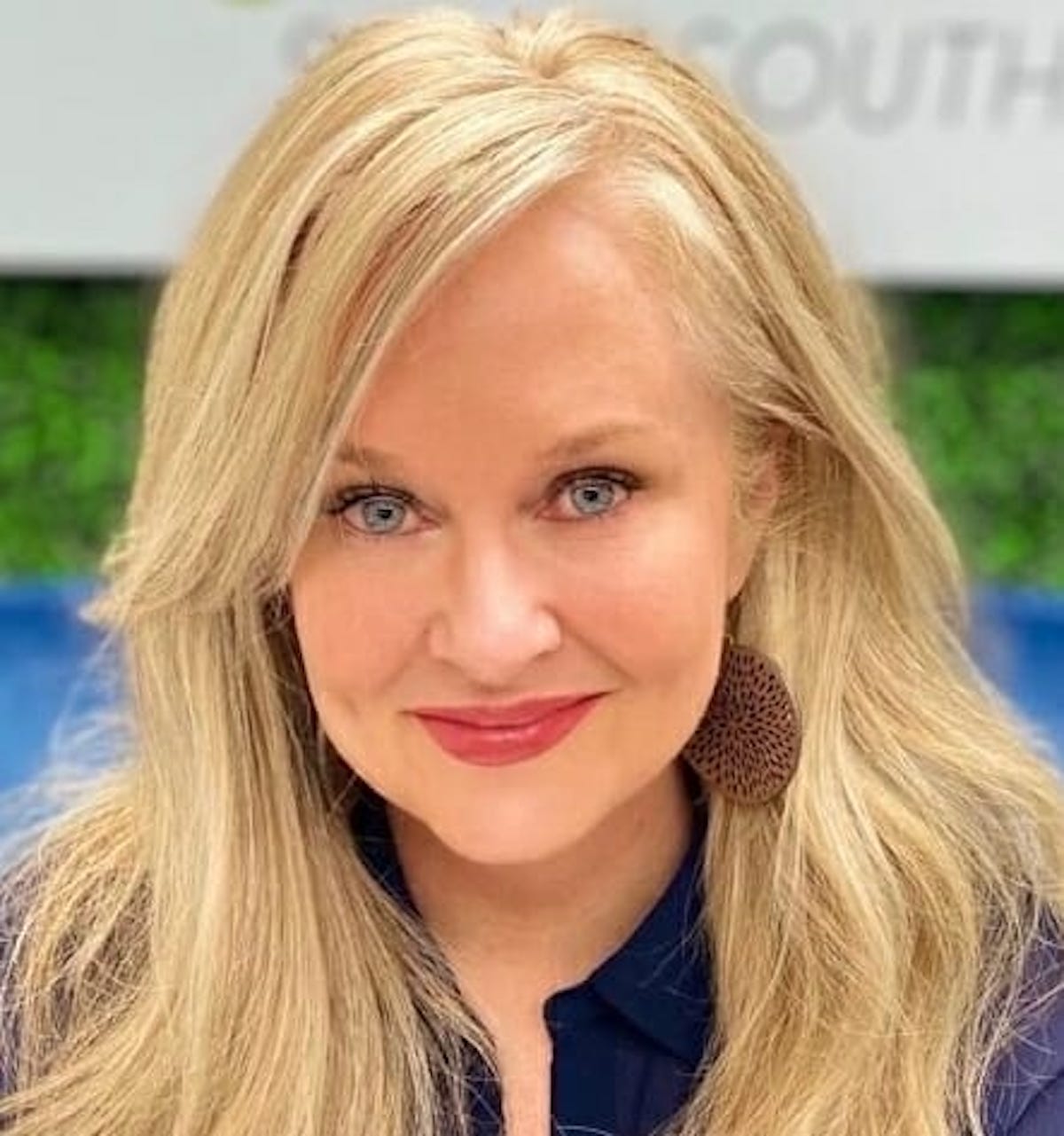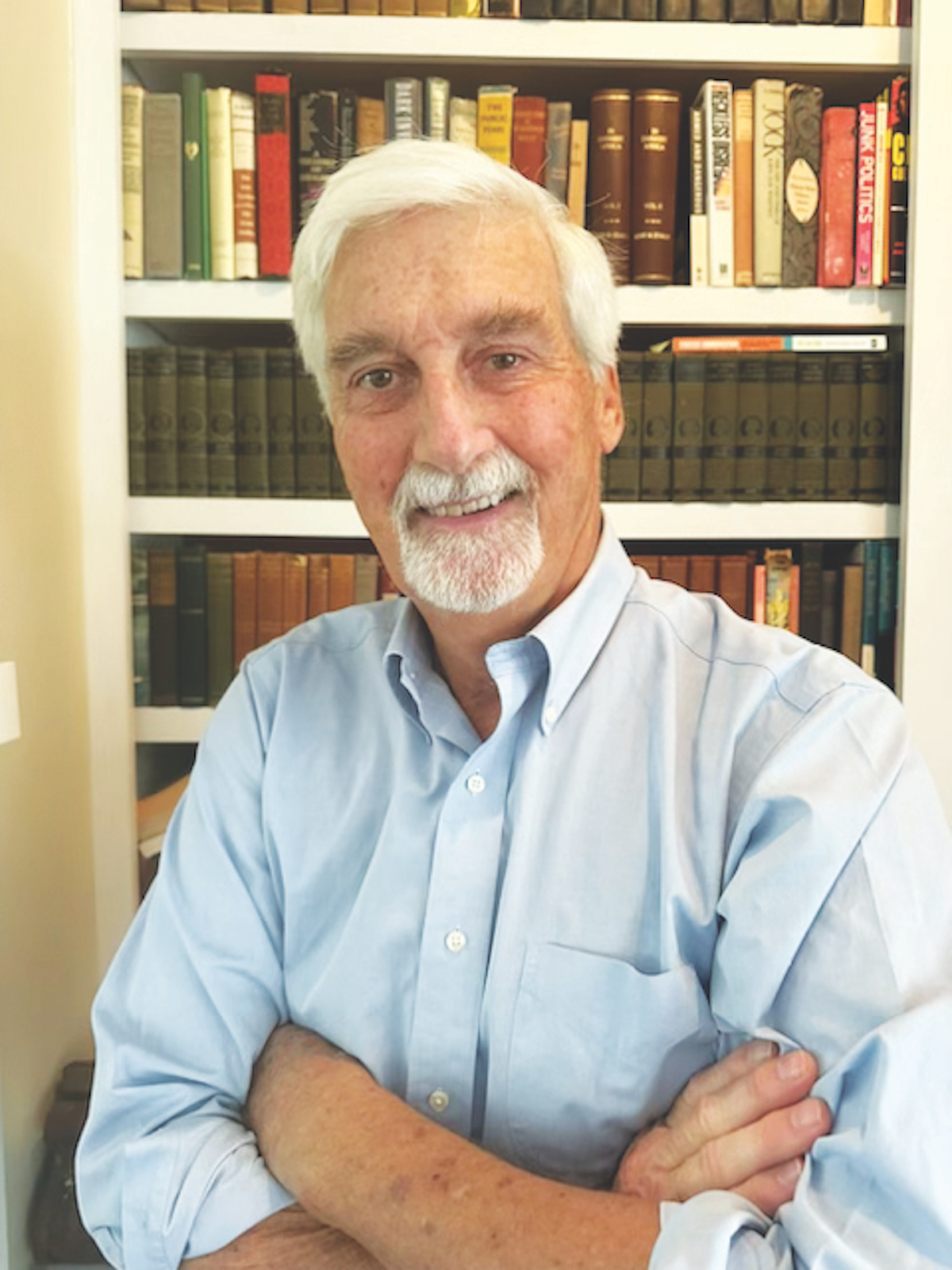By SCOTT GRABER
It is Monday and I’m in Charlotte. This morning it’s early, cooler, but I’m in the carpeted, comfortable, deserted lobby of the Kimpton Hotel on Church Street.
This morning I have no newspaper to tell me what happened while I slept; but this morning there is a certain excitement afoot — perhaps “tension” is a better descriptor. One can sense the slow, distanced, silent march on community centers, gymnasiums, fire stations and other bland, Lysol-scented buildings where one might vote.
Many years ago Theodore White wrote his great work, “The Making of the President 1960.” He wrote that our country was largely Republican in the morning and in the early afternoon. Then, as shadows grew long, there was a countervailing surge of Democratic voters.
In 1960, it wasn’t until 5:30, 6 or 6:30 p.m. when the assembly line workers, the janitors, the lunch bucket Americans could weigh-in. And that counter-surge was when the United States made its decision — the determination whether or not the wage-earning Democrats were going to capture the Presidency from their well-nourished Republican kinsmen.
In 1960 I was 15 years old and just beginning to understand there were political parties, political philosophies, differing ideologies about the way to govern. My introduction to these competing concepts coincided with John Kennedy’s run for the Presidency.
John Kennedy — his youth, his energy and, importantly, his rhetoric — gave me direction and purpose. We were a military family and that meant bumper stickers, buttons and political ephemera were forbidden. But that didn’t matter. I would have followed John Kennedy and his beautiful wife anywhere.
Kennedy was ostensibly running against Richard Nixon. But, in truth, he was running against the seasoned, serious and hopelessly boring Republican mandarins who had governed for eight years. Eisenhower had emerged saint-like from World War II, but we were tired of his smile, his equanimity and his golf game.
There is the persisting notion that the 1950s were a time of stability and steady growth. There is the corresponding notion that these post war elections were a straight-forward, largely legitimate counting of votes. But in the 1950s campaigning was different from that we know today.
In the 1950s, certain people controlled large numbers of votes. Richard Daley is an obvious example of a big city mayor who, through patronage, controlled the votes of thousands — maybe hundreds of thousands.
There were people like Walter Reuther who could direct his UAW members to vote for a particular candidate. These Democrats were offset by newspapers owners, wealthy bankers and, on the local level, clerks of court who also controlled huge numbers of Republican voters on election day.
Money was, of course, important, but less important than lining up ‘big men” who had to be dined, drafted into service, and sometimes given a ceremonial job like Ambassador to the Vatican.
Richard Nixon lost that election to John Kennedy.
Nixon was not a handsome man, or particularly inspirational, or in any sense photogenic — not like Kennedy. And so in 1968 he hired some advertising men, veterans of the J Walter Thompson advertising agency, to give him a make-over for his second run for the cup.
These men, including the infamous Roger Ailes, re-imagined, repackaged and successfully retailed Richard Nixon to the American consumer.
In 1968, television advertising that spoke directly to the voter was still relatively new. The first political commercials used jingles that were deemed essential for the sale of cigarettes, cereal and dessert toppings.
But it didn’t take long for our marketing brethren to discover that attacking the other candidate worked a lot better than a discussion of policy or proposed legislation. It definitely worked better than touting the character of one’s own candidate.
Somewhere along the way the advertising people discovered — with a little help from our very own Lee Atwater — that what the voter really wanted was a public shaming of the other candidate. And the courts decided that injecting this poison into the public arena was somehow insulated from civil lawsuits.
And so for the last year (or two years) we’ve had nothing but televised, 30 second eviscerations — shamings — that have pretty much obscured what little entertainment remains on television. The savage, serial destruction of character has become our entertainment.
Yet, in spite of the dumping of huge tubs of raw sewage on each other’s head, Americans have returned to the polls in record numbers. Despite the fear, feces and fecklessness that has become the norm, we still vote.
Scott Graber is a lawyer, novelist, veteran columnist and longtime resident of Port Royal. He can be reached at cscottgraber@gmail.com.








